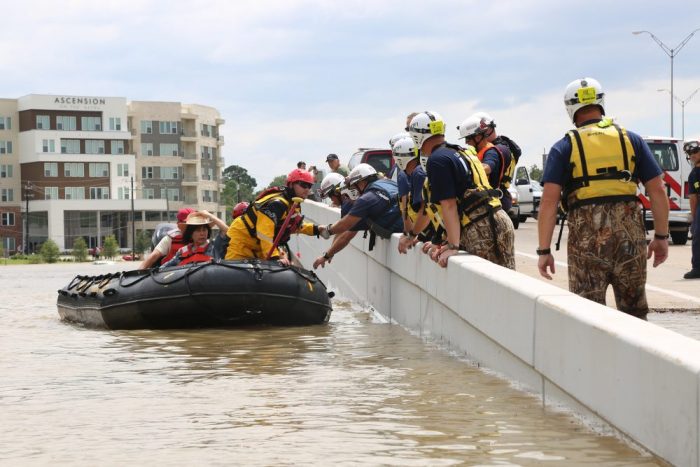Changing the Game for Better Irma Recovery
As a grants manager overseeing more than four disaster funds right now, I’ve spent a lot of time recently thinking about one thing: what does it look like to not just improve areas of funding we already do well, but use those funding streams to change communities for the better during recovery? Last week, in […]

As a grants manager overseeing more than four disaster funds right now, I’ve spent a lot of time recently thinking about one thing: what does it look like to not just improve areas of funding we already do well, but use those funding streams to change communities for the better during recovery?
Last week, in Florida, I drove from Orlando to the Key West. As you know if you’re from Florida, this is quite a drive. When I reached the Upper Keys, it was easy to see light traces of the storm. But through the Upper Keys and even the Middle Keys, I saw a lot of construction sites and crews, hard at work.
“This is a good sign,” I remember thinking to myself.

Then I hit the lower part of the Middle Keys – Cudjoe, Summerland, Big Pine and others. Here, there were still piles of debris along the roads. Many gas stations and businesses still had tarps over parts of the buildings. One sign said, “open with diesel fuel only.”
At that point, I thought back to how long it had been since Hurricane Irma hit. Seven months.
I heard stories about how much things had improved during my meetings in Monroe County. How at first, there was sand drifted like snow. How everyone brought debris and destroyed belongings to the sides of U.S. Route 1 to be picked up, and it was depressing to drive through it every day. Now, there are bigger problems. For starters, there is the ever-crushing housing crisis that existed in some part before the hurricane, but now exacerbated and on the verge of pushing the working class out of the Keys for good, and with it, much of Florida’s tourism industry. There is also a deep mental health need in a place where high suicide rates before the storm have skyrocketed after it.
When I drove out of the Florida Keys on the second day, I thought I had a good assessment and a solid plan to pitch to CDP’s grant oversight committee. Then I started to second guess it. I’ve been challenged a lot recently in how I think about grants and philanthropy – a major disaster every two or three weeks for three months straight will do that. As I drove West in Florida, through those beautiful Everglades, I thought to myself that philanthropy could do better.
Those of us working in Florida have to be willing to look at things differently, to not just perhaps improve our batting average, but change our game. Permanently and for the better. And that led me here:
It’s not enough to only address the symptoms. I am a firm advocate of funding mental health needs in a disaster. I think the data suggests that the repeated and long-term stress placed on those who experience a disaster leads to trauma down the road, higher divorce rates in subsequent years, and increased anxiety in children. We can’t ignore it. We also can’t just put a Band-Aid on the symptoms. If part of what is causing someone stress is that they are struggling to deal with a home destroyed by a storm (and the lack of adequate resources to get into a secure home again) or the loss of a job (farm and ag communities and hospitality and tourism workers often take the brunt of it), then we as philanthropists have to be in the business of addressing the root causes. All the counseling in the world won’t fix the stress of not having a safe home to put your family in.
Taking on bigger problems means stepping out of our comfort zone. It means doing things that aren’t easy. It means coming together and trusting each other. It means bringing partners to the table we aren’t used to working with. That’s okay. It’s okay because in doing so, we must realize that it gets us to our goal: recovering communities in a holistic way by enabling the people who know them best.
We can’t be afraid to go there. You chose philanthropy for a reason. And I’m betting it was because you wanted to change the game, permanently and for the better, both in your work, and in our communities.
More like this

Are We Experiencing Donor or Disaster Fatigue?
